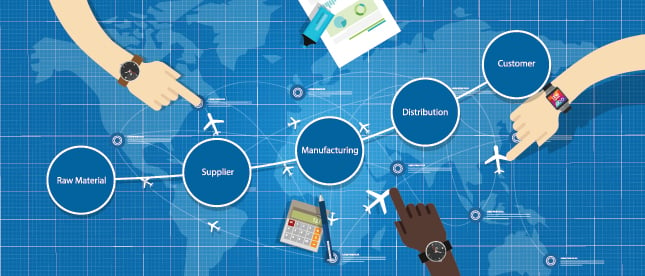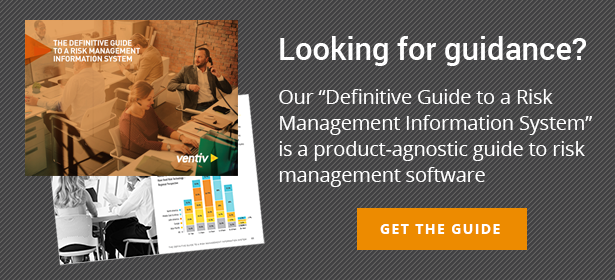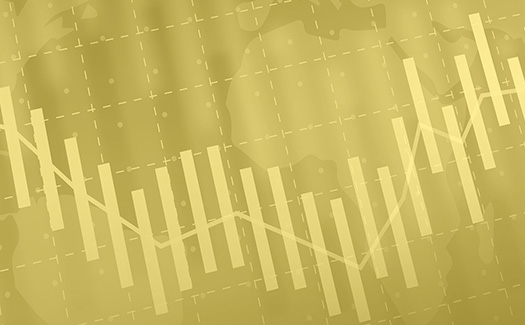
The attention being given to the supply chain is getting unbelievable. Manufacturers are being held accountable for wrongdoings, alleged and real, by suppliers and sub-suppliers throughout the chain of supply. Even the folks at Apple or Boeing, who have two of the most rigorous supply chain management systems in the world, face challenges from time to time.
Gone are the days when supply chain risk was just related to traditional property or transit risk. Risk managers and their supply chain partners have to examine every phase of the business practices of every level of the network, including business ethics and financial practices. Still, there is never any absolute assurance that, at some level, there are no inherent risks in your supply chain.
Hypothetically, let’s say, that you are a middle-size company that makes cheese. Cheese for sandwiches, cheese for pizza, cheese for football game snacks. What is the supply chain? Here are a few high-level thoughts:
- the farmers and dairies that send you the raw milk,
- the transporters that bring you the milk from the dairies,
- the manufacturers of the equipment in your creameries
- the suppliers of your cleaning supplies
- the people that certify that your product is Organic
The list can be endless. But for each of the items in the simple list above, there are additional levels of investigation that must be undertaken, such as:
- Where do the farmers and dairies get their cattle?
- Where do the farmers and dairies get the feed for their cattle and how is it tested?
- What else is transported in those trucks besides YOUR raw milk?
- What happens to the waste from those trucks?
- Who installed the creamery equipment, and when? Are those guys still in business?
- How are you assured that cleaning supplies are not tainted and are fit-for-purpose?
- Do cleaning chemicals impact your Organic certification?
- Are those that certify your products, themselves, certified to do so?
The list can go on and on.
- What does your supply chain look like?
- Has it been thoroughly thought-out and documented?
- Do you know who to turn to in the event of a possible loss?
- Is your company protected adequately for the financial and reputational loss that a supply chain breach might cause?
One very advanced user of the Ventiv Risk Management Information System, RiskConsole, uses the data system to track key suppliers as well as alternate suppliers who have been pre-vetted and can be called upon immediately when a primary supplier has a failure. This kind of supply chain risk management requires detailed understanding of your business and the way it operates.
Even if your firm only sells a product, you have potential liability when you “introduce it into the chain of commerce”. Are you protected contractually by those that supply the product to you? How about those that supplied raw materials to them? Is your product liability insurance adequate to address your actual exposures?
As a risk manager, these are the hard questions that have to be asked, and answered, for every level of your supply chain. More to come on supply chain risk, you can bet on that!
 Jeff Gehrke is Ventiv's Chief Risk Technology Evangelist. Contact Jeff at Jeff.Gehrke@ventivtech.com or +1.720.445.9531. Connect with Jeff on LinkedIn: https://www.linkedin.com/in/jeffjgehrke
Jeff Gehrke is Ventiv's Chief Risk Technology Evangelist. Contact Jeff at Jeff.Gehrke@ventivtech.com or +1.720.445.9531. Connect with Jeff on LinkedIn: https://www.linkedin.com/in/jeffjgehrke









 Jeff Gehrke is Ventiv's Chief Risk Technology Evangelist. Contact Jeff at
Jeff Gehrke is Ventiv's Chief Risk Technology Evangelist. Contact Jeff at 



